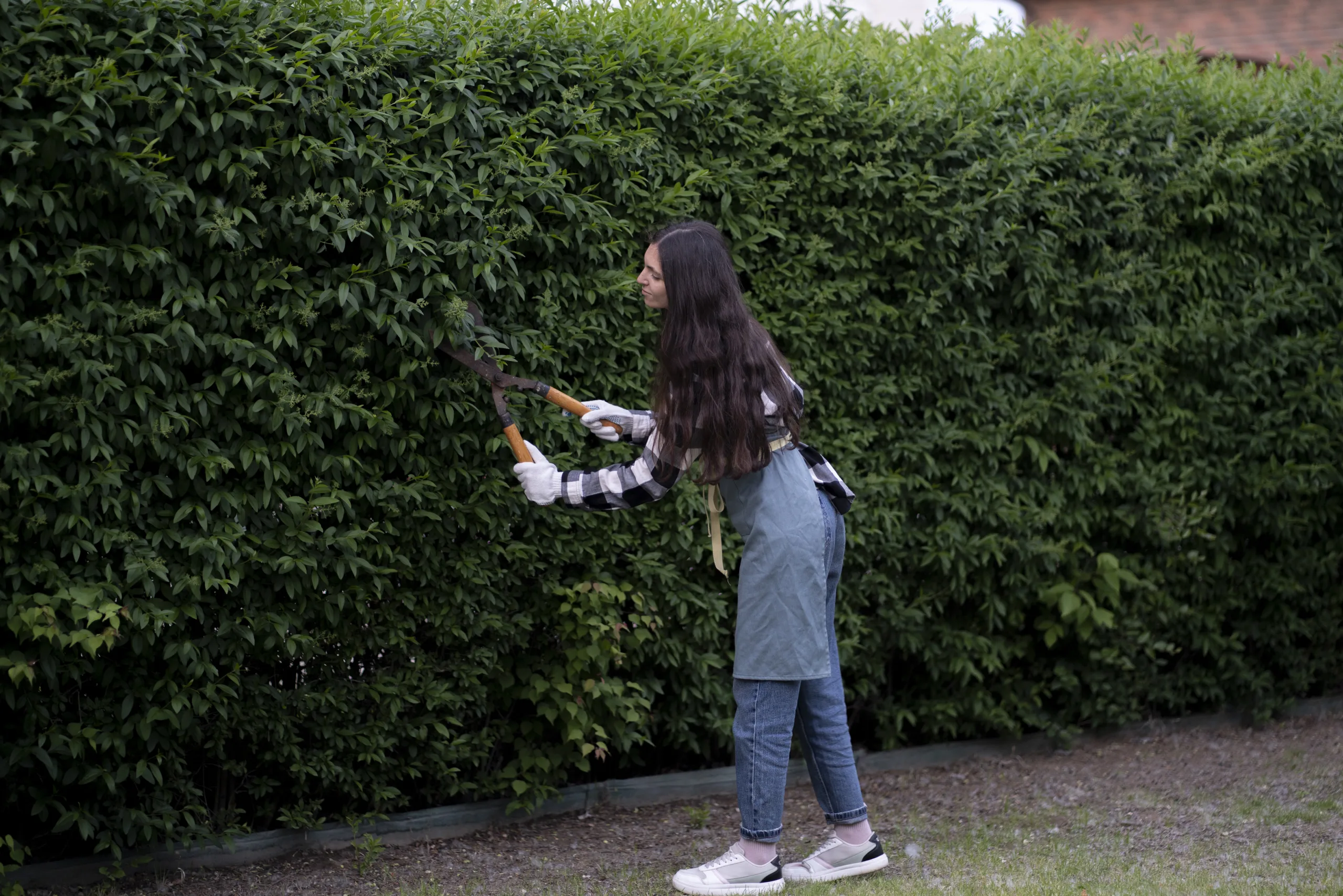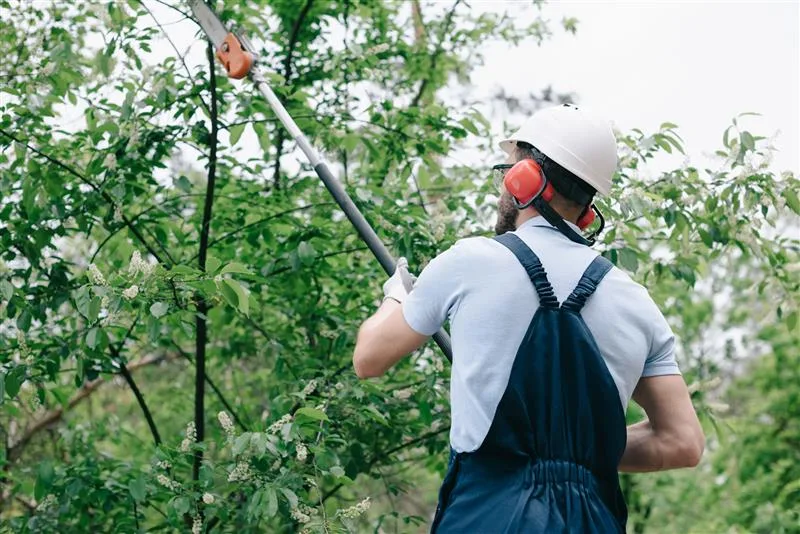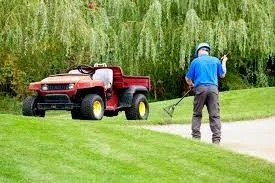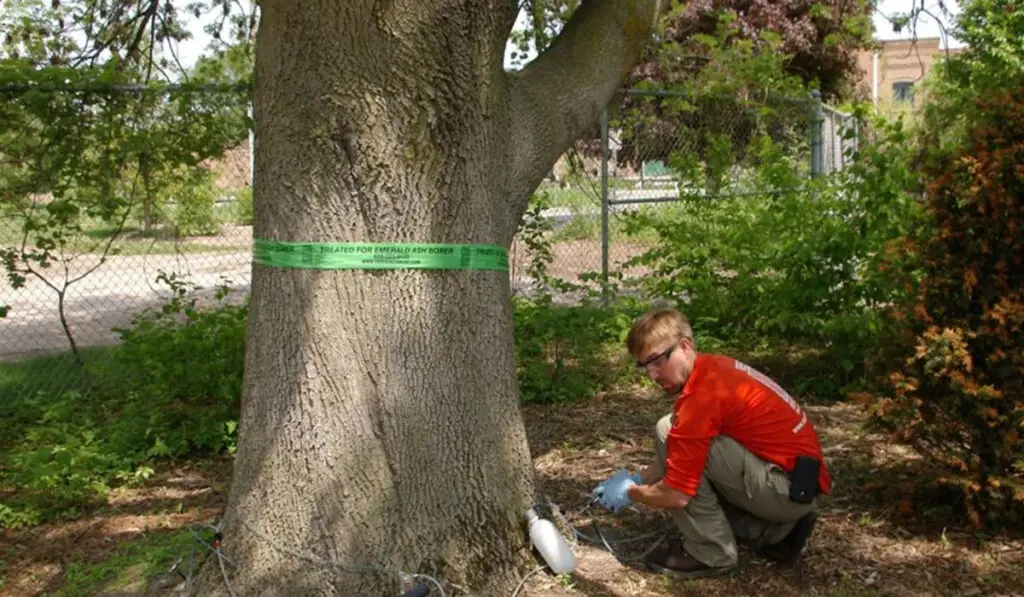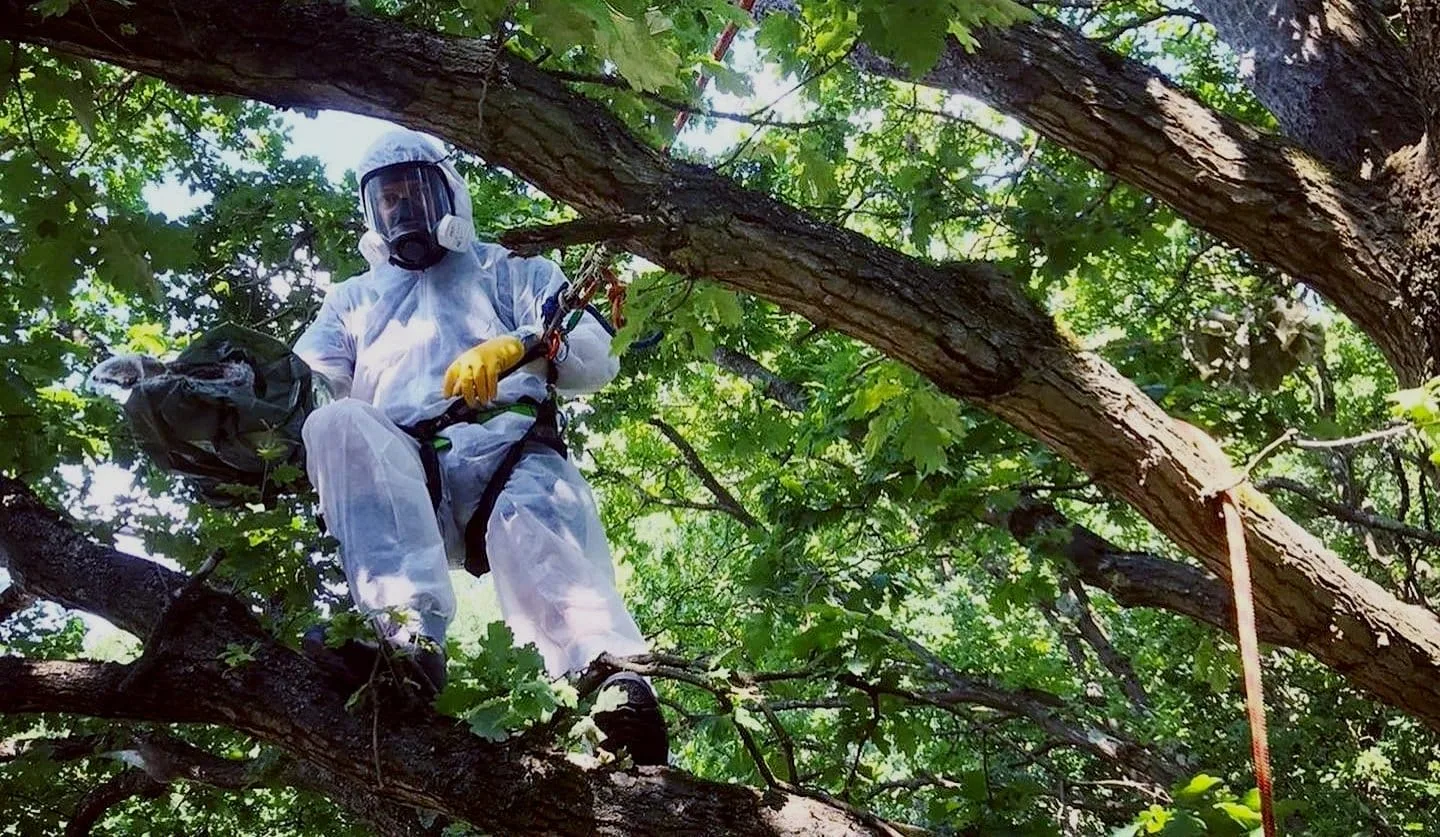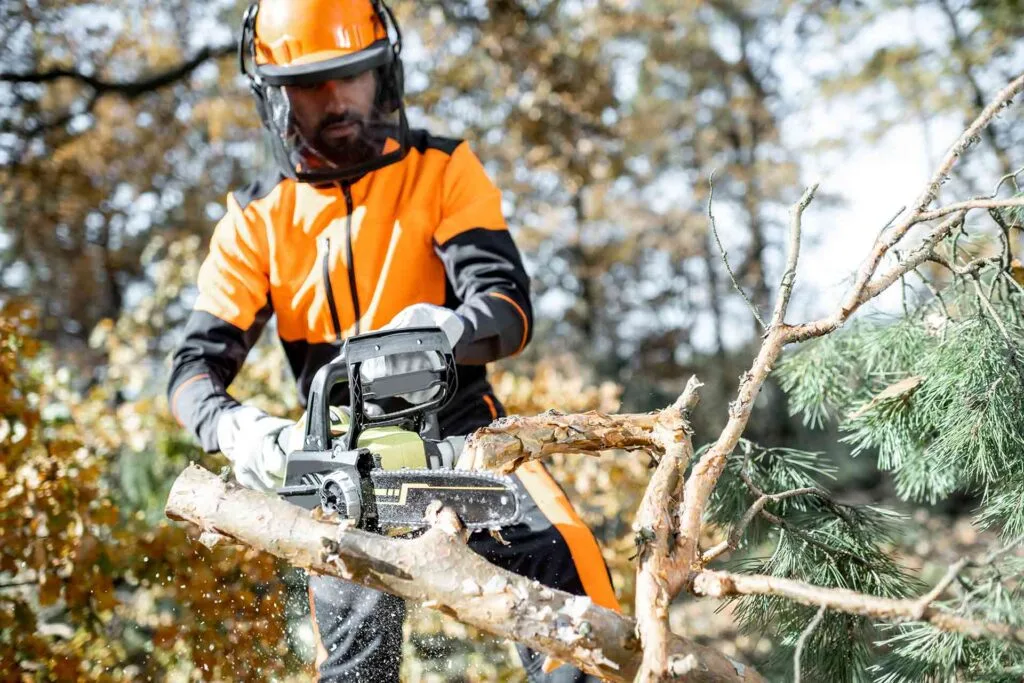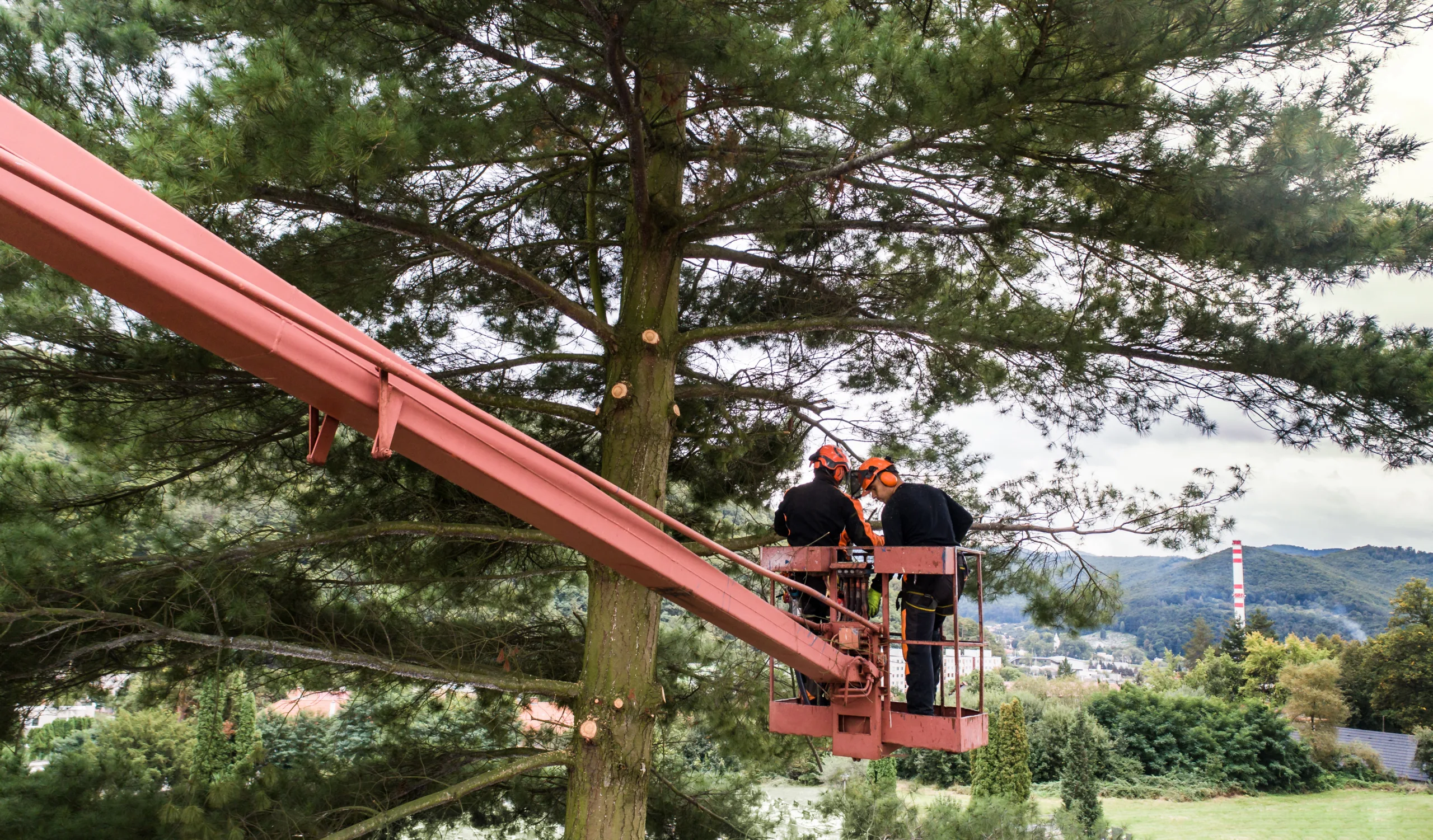Tree Removal vs. Tree Trimming: A Comprehensive Guide
Trees are vital to our environment, providing beauty, shade, and numerous ecological benefits. However, there are times when tree removal or trimming becomes necessary for safety, health, or aesthetic reasons. Understanding the differences between tree removal and tree trimming is essential for making informed decisions about your landscape. This article delves into the various aspects of tree removal and tree trimming, helping you decide which service best suits your needs.
What is Tree Removal?
Tree removal involves completely cutting down a tree and removing its stump. This process is often considered a last resort due to the significant impact it can have on the landscape and environment. Tree removal is typically necessary in the following situations:
- Dead or Dying Trees: Trees that are no longer alive or are severely diseased pose a safety risk.
- Hazardous Trees: Trees that lean dangerously or have structural weaknesses can fall, causing damage or injury.
- Construction and Landscaping Projects: Sometimes trees must be removed to make way for new construction or significant landscape changes.
- Invasive Species: Certain tree species may need to be removed to prevent them from overtaking native plants.
What is Tree Trimming?
Tree trimming, also known as pruning, involves selectively removing branches to improve a tree’s health, appearance, or safety. Tree trimming is a regular maintenance task that offers several benefits:
- Health: Removing dead or diseased branches helps prevent the spread of disease and promotes healthy growth.
- Safety: Trimming reduces the risk of falling branches, which can cause injury or property damage.
- Aesthetics: Proper trimming enhances the tree’s natural shape and appearance.
- Growth Management: Pruning can control the size and shape of the tree, ensuring it grows in a desirable manner.
Key Differences Between Tree Removal and Tree Trimming
Understanding the key differences between tree removal and tree trimming can help you determine which service is appropriate for your situation. Here is a detailed comparison:
| Aspect | Tree Removal | Tree Trimming |
|---|---|---|
| Purpose | To completely remove a tree | To remove specific branches for health, safety, or aesthetics |
| Impact on Landscape | Significant, as the entire tree is removed | Minimal, as only select branches are pruned |
| Frequency | Usually a one-time event | Regular maintenance, typically annually or biannually |
| Cost | Higher, due to complexity and labor involved | Lower, as it is a less extensive process |
| Environmental Impact | Greater, as it involves loss of a tree | Lesser, as the tree remains and continues to grow |
| Risk | Higher, requires professional expertise and equipment | Lower, but still requires knowledge and skill |
| Timing | Can be done any time, but preferably in dormant season | Best done during dormant season or after flowering |
Benefits and Drawbacks
Benefits of Tree Removal
- Safety: Eliminates the risk of falling trees or branches.
- Pest Control: Removes trees that harbor pests or diseases.
- Space Utilization: Frees up space for other landscaping or construction projects.
Drawbacks of Tree Removal
- Environmental Impact: Loss of trees can affect local ecosystems.
- Cost: Generally more expensive due to labor and equipment requirements.
- Aesthetic Loss: Removal can significantly alter the landscape’s appearance.
Benefits of Tree Trimming
- Health Improvement: Promotes healthy growth by removing diseased or dead branches.
- Safety Enhancement: Reduces the risk of falling branches.
- Aesthetic Appeal: Maintains the tree’s natural shape and beauty.
Drawbacks of Tree Trimming
- Ongoing Maintenance: Requires regular upkeep to maintain tree health and appearance.
- Potential Damage: Improper trimming can harm the tree if not done correctly.
- Limited Scope: Does not address issues that may necessitate complete tree removal.
When to Choose Tree Removal
- Severe Damage: When a tree is severely damaged or diseased beyond recovery.
- Safety Risks: If the tree poses an imminent danger to people or property.
- Construction Needs: When the tree’s location conflicts with new building projects.
When to Choose Tree Trimming
- Routine Maintenance: For regular health checks and aesthetic maintenance.
- Minor Damage: To remove small dead or diseased branches.
- Growth Management: To control the tree’s size and shape for better growth.
Professional Services
Choosing between tree removal and tree trimming can be challenging. Consulting with a professional arborist ensures that you make the best decision for your landscape. Arborists can assess the health and safety of your trees, recommend appropriate actions, and carry out the necessary services with expertise and care.
Conclusion
Tree removal and tree trimming are both essential services that help maintain the safety, health, and aesthetics of your landscape. Understanding the differences, benefits, and drawbacks of each service will help you make informed decisions about your trees. Always consider consulting with a professional arborist to ensure that your trees are properly cared for and your landscape remains beautiful and safe.
